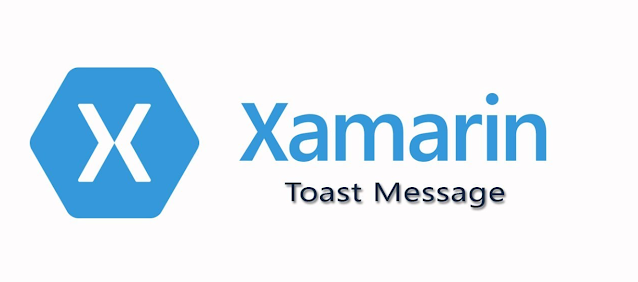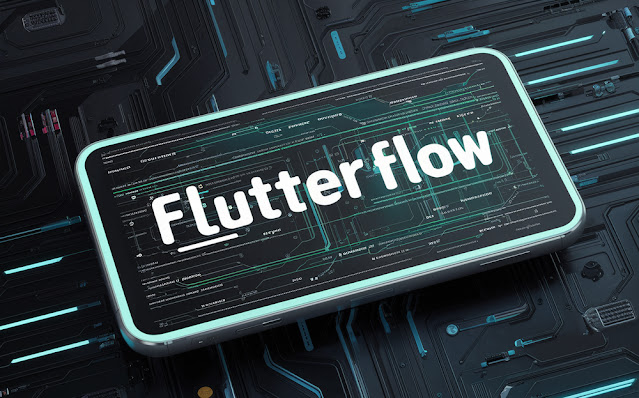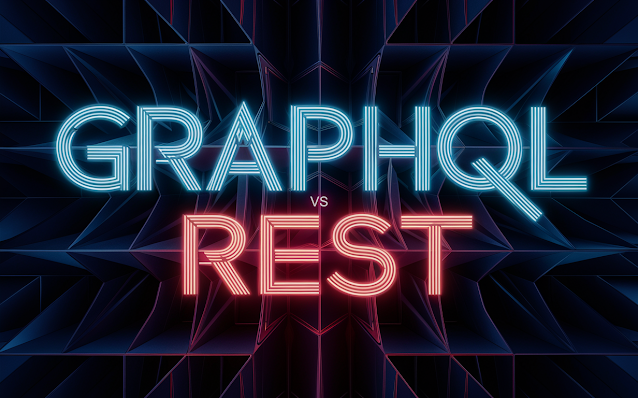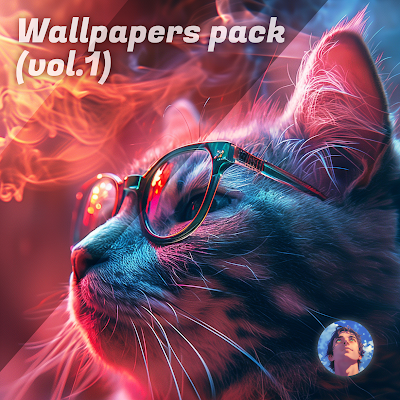[Flutter Tips] Remove the "DEBUG" banner of your Flutter app

[Flutter Tips] Remove the "DEBUG" banner of your Flutter app When you start coding a new application with Flutter, you will surely see a banner with "Debug" text displayed on the top right corner of your app. To remove it, you will need to set the debugShowCheckedModeBanner property of the MaterialApp (or CupertinoApp ) widget to false . 🟢Here’s an example on how to do it: import 'package:flutter/material.dart'; void main() { runApp(MyApp()); } class MyApp extends StatelessWidget { @override Widget build(BuildContext context) { return MaterialApp( title: 'Flutter Demo', debugShowCheckedModeBanner : false, // This removes the debug banner home: Scaffold( appBar: AppBar( title: Text('No Debug Banner'), ), body: Center( child: Text('Hello, World!'), ), ), ); } } > debugShowCheckedModeBanner: false : This line ensures that the debug ban...





